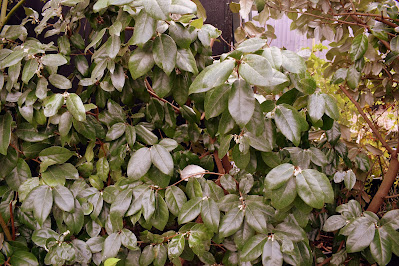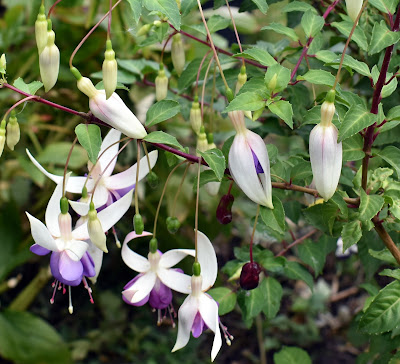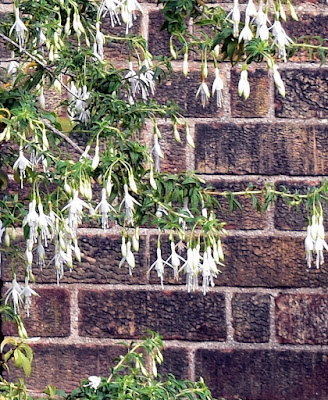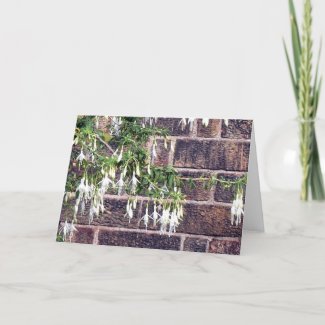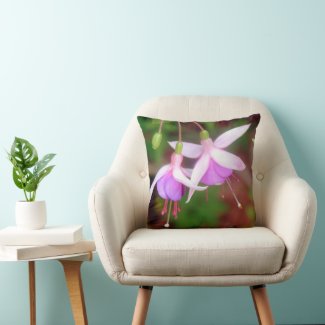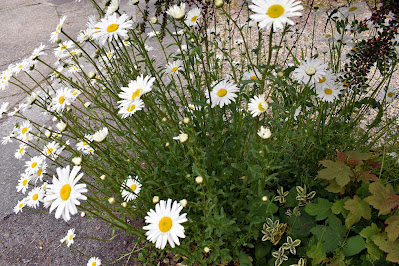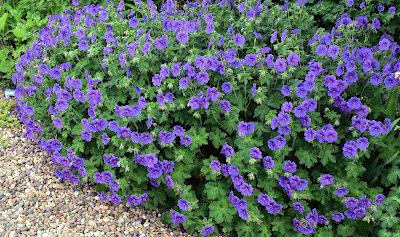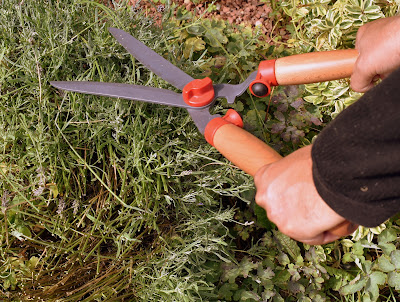I have been helping a person new to gardening recently. Its been a long time since I was a new gardener as I started as a child when I was around 5 years old. This person is an adult and has no prior knowledge so I had to start from the beginning to help them with a new garden.
So I thought it would be useful for any brand new gardeners out there to have a basic list of things to bear in mind when you start gardening.
To my mind a garden is anything from a window box to a small back garden to large acres of land. Each have their own challenges and rewards. In particular never think you cannot be a gardener if you only have a small patch or containers.
1.Learn About Each Plant As You Buy It Or Are Given It.
Research where it originally grew, what conditions it likes, what care it needs including its watering and soil requirements, pruning, ideal situation and winter care.
Select plants that are well-suited to your growing conditions, such as your climate and soil type. Right plant, right place will save you time, money and heartache.
This is better especially in the early days of gardening than trying to cope with plants that will need a lot of care and input from you because your conditions do not suit it.
If you do this with each plant it is not as daunting and you will quickly learn about a lot of plants. Once you are experienced in your gardening you will be more confident to try more difficult plants.
2.Buy A Few Good Quality Tools.
Every gardener has their tried and trusted favourite tools and that will vary between gardeners and gardens. The ones below are what I use most in my garden so I would suggest a basic kit to include:-
- Secateurs like these Wolf By Pass Secateurs
- Shears like these Wolf Garten Shears
- Adjustable Loppers
- Watering can and/or a hosepipe with adjustable head
- Garden fork
- Garden spade
- Weeding hoe
- Hand fork and hand trowel
You can always add more as you go and you may need specific tools depending on your garden and the trees, shrubs and plants in it, but get the basics first.
3. Learn About Your Garden Plot
Get to know your soil type whether it is clay or sandy, loam or stony. To check if it is acidic, neutral or alkaline you can purchase soil testing kits such as the one below, that will give you this information.
If you garden in containers you will be able to choose the soil type depending on which compost you buy. Ericaceous compost is for acid liking plants, for others a good quality general purpose compost will be fine.
Get to know which parts of your garden faces south, north, east or west.
Check which areas of your garden are sunny or shady. It is useful to map out areas that are in full sun, total shade and partial shade.
All this influences the type of plants that will be happy in your garden and enables you to get to know your plot.
4. Have Materials For Propagation And Seed Sowing
Make sure you have materials for taking cuttings and propagating and growing seeds. This will save you money in the longer term being able to grow your own seeds and take cuttings to make more plants.
So buy a few seed trays, small pots and larger pots, good quality compost suited to young plants, perlite and grit, vermiculite and seed or young plant compost.
Buy labels as well as you think you will remember which pot has which seeds in it but in my personal experience you won't!!
5. Cold Frame And Greenhouse.
Perhaps not immediately necessary but if you can invest in a cold frame to harden off young plants and a basic greenhouse to keep tender cuttings and young plants, you will find it valuable.
It does not need to be a big elaborate greenhouse, if you are starting out a very basic temporary greenhouse will be sufficient for a while.
6. Have A Wildlife Friendly Garden.
A wildlife friendly garden will benefit you and your plants more than may be immediately apparent. As time goes on your garden will find a balance of pests and predators and the plants will thrive better. You will have the added joy of watching bees, moths and butterflies, birds and maybe even hedgehogs and frogs in your garden.
To achieve this it is best not to use pesticides or slug pellets which are harmful to wildlife.
Get to know the pests and diseases your plants can suffer from so you can identify any issues.
Design your garden and grow plants so that it attracts beneficial predators that will eat the pests and do the work for you.
Do not be too tidy, wildlife need messier, wilder areas to live and material to build nests but you can easily incorporate areas like this into a lovely garden.
Grow shrubs birds like to nest in and/or fix up bird boxes, have a pile of logs in an out of the way area that insects and frogs can live in.
Build or buy an insect house. Great for insects and fun for any children to build and watch. Why Insect Hotels Are Good for Wildlife And Gardeners
If we give garden friendly predators a place to live and do not interfere too much soon your garden will have a balance. Yes you will still get pests but the beneficial predators will keep them in check so they will not do much damage.
One of the best books about wildlife friendly gardening I have read is The Wildlife Gardener By Kate Bradbury. It is a beautiful book I very much enjoyed reading and learning from.
7.Crocks
Keep all broken crockery or broken pots to use as crocks in the bottom of pots so that soil does not block the drainage hole and to increase drainage.
8.Get To Know Other Gardeners And Their Gardens.
Other gardeners are a wonderful source of information and inspiration. If they are local to you what grows well in their gardens may well grow well in yours. If you get chatting to them they may even share cuttings or dig up and share plants with you ! :)
Most gardeners are very happy to talk about plants ! If there are any open garden events near you do take the opportunity to go around other gardens, You will learn so much and can continue to improve your skills and knowledge as long as you want to garden!
9.Gardening Resources
- There are often good gardening programmes on television.
- Buy a few good gardening books to help get you started. I am a big fan of the late Geoff Hamilton who wrote the book Cottage Gardens and the book listed below among many others. There are also many other good gardeners to learn from.
- Check out good gardening magazines
- In addition you can join online gardening communities.
- Read gardening articles by experienced and enthusiastic gardeners like those Gardening Reviews here on Review This Reviews.
- If there are any gardening events and gardening shows local to you or that you can travel to they are a wonderful source of inspiration and information and a lovely day out.
10.Relax And Enjoy Your Garden!
Few gardens are perfect.
Cultivate patience and enjoy the seasons, gardening takes time and effort, and not everything will be perfect right away. In fact in my experience a garden is always an ever changing dynamic, work in progress.
Enjoy the process and learn from your successes, failures, surprises and mistakes. I am still learning and making mistakes and having successes after decades of gardening! The main thing is to enjoy yourself and have fun.










